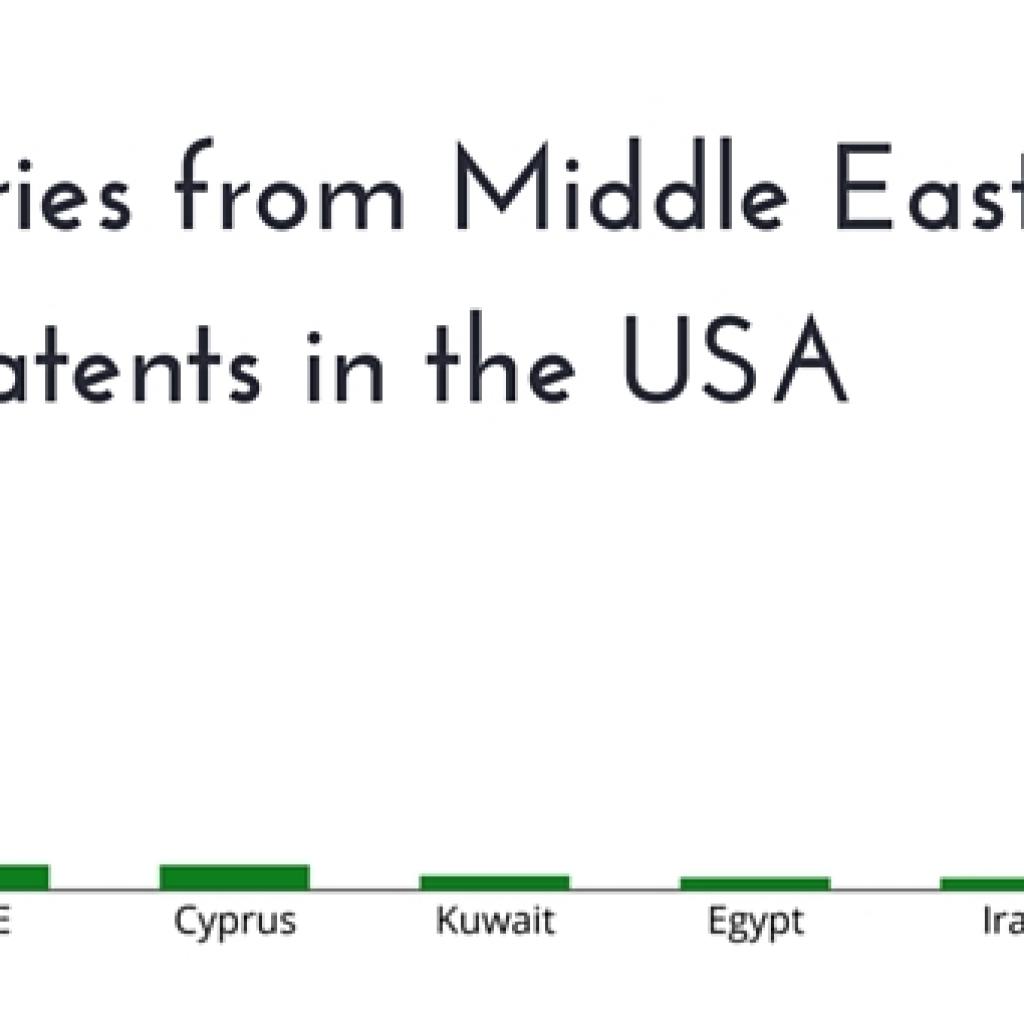OBJECTIVE
The patent that we received from the client was related to Wireless communication and covered the process for handling lower priority communication traffic.
STORY
This time, we thought to start the search in a regular way. We started with the development of a detailed understanding of the patent followed by a thorough analysis of file history to identify the novel aspect of the patent. The file history of a patent provides a great deal of information on where a prior art could be found. We use it more often than not; here is one account: How Intermatic could win this patent fight.
Subsequently, we implemented conventional search strategies like keyword-based search (patent/non-patent), class-based patent search, and name-based searches for prominent inventors/authors and assignees/companies in the domain of wireless telecommunication. However, conventional strategies, as they are referred internally at GreyB, yielded neither a result nor a lead.
Then, our well-known brainstorming process started. Team members got together to generate ideas on where the result might be existing. We started thinking of different ideas that can take us closer to the result.
One member of the team shared an interesting observation: A person learns things from the environment that surrounds him/her, so there was a possibility that the inventor might have got inspiration or ideas from the colleagues with whom she interacted.
That was a good data point for us. We started with collecting all the background information about the inventor, like from which university she graduated, to which organizations/committees she is linked with.
From this, we came to know that she is a member of the committee that develops IEEE standards. Though it looks to be a very basic observation, we got the hunch that we are going to find something here.
There are a lot of discussions that happen in these committee and various ideas are exchanged. So, we reviewed each and every discussion and IEEE papers in which the inventor has contributed. Guess what? We came across a version of IEEE standard 802.11 – 2007 that described a very similar concept as that of the patent, though in a bit different manner.
A Checklist to Make Your Life Easy: Download your copy of free Prior Art Search Checklist that helps keeping mistakes at bay:
That was a great find. However, before we could get any happy, we found that this standard was published post the priority date of the subject patent. So even though we had a good lead we were back to our original challenge. So we got our act together and started working on the next steps.
We were well aware that there were numbers of members that contributed to this Standard, hence there was a hope that the relevant section could have been proposed by another contributor, and before the priority date. We tried to identify at which point in time the relevant section was proposed, for approval so as to be considered as a part of the standard.
Now, the question in front of us was – how to identify this time? We again brainstormed and came up with two options –
a) Check the literature by each and every person that contributed to that standard, however, this is going to be a very time-intensive task; and
b) We knew that normative texts are proposed by the contributors of the IEEE standard, which is either accepted or rejected by the standards developing committee as part of the final published standard.
We selected option (b): We started digging normative texts that contributed towards the relevant portion of the standard and finally found a relevant document that was submitted to the committee for consideration, before the priority date of the subject patent.
Voila. Isn’t that what we were looking for!! This project was too much of a roller coaster ride for us but in the end, we felt great as it led us to something we were looking for.
Relevant ongoing cases where above mentioned strategies can be applicable:
- 8-21-cv-00046 (CDCA) Core Optical Technologies, LLC v. Comcast Corporation et al
- Patent involved in case: US6782211B1
- Technology areas involved: Modulation, optical system, polarization
More relevant strategies that can be explored for such cases:
- How a Circuit We Designed Helped Solve a Prior Art Puzzle (Related to IC designs)
- How we found references in non patent literature without performing an NPL search? (Related to circuit design)










